

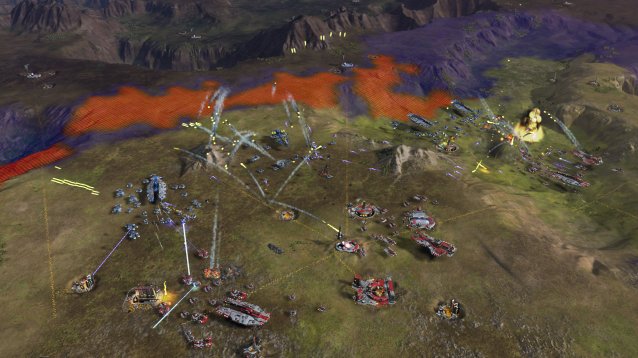
Disclosure: The author and Brad Wardell maintain a friendly decade-long relationship over social media.
Ashes of the Singularity is a new real-time strategy game currently in development at Stardock and Oxide Games. You might know Stardock for its work on Galactic Civilizations and a few other PC-exclusive strategy games. It just launched on Steam as an early access game.
Ashes is being built using a new 3D engine that allows for "unprecedented scale in terms of map sizes and unit count," says Brad Wardell. Big units, big maps, basically.
"At its core, the goal with Ashes is to create a new RTS from the ground up taking everything that has been learned over the past 20 years and using today’s hardware to deliver something that hasn’t been seen before," says Wardell. "Easier said than done."
The game has since started its early access program on Steam, but Stardock says that the program is specifically targeting veteran strategy gamers and gamers with high-end PC hardware. While Stardock expects the final version to have lower requirements and offer tutorials and walkthroughs for more casual players, it's looking to the community for an "unprecedented" level of input.
"If you’ve ever wanted to help mold an RTS before it’s released, now’s your chance," says Wardell.
Stardock states that four games in particular have served as inspiration for Ashes of the Singularity. Sins of a Solar Empire, Total Annihilation, Company of Heroes and Kohan. The developers explained their reasoning:
Wardell informs me that the game mechanics are "pretty well set," but the developers are still figuring out how best to walk players through how to play the game and the balance between each aspect to ensure "vast strategic options."
He says that the developers see the early access period as an opportunity to deal with some of the inherent challenges that come with building a new game. To that end, he addressed some of the UI challenges that Stardock and Oxide are trying to figure out.
Like Sins of a Solar Empire, Ashes has an empire tree that allows you to customize the focus of your empire.
"However, what works in space connected by phase lanes doesn’t necessarily translate well to a terrestrial planetary war," says Wardell. "The team is still working out what things should be displayed and how they should be conveyed."

Stardock's 2006 game Galactic Civilizations II pioneered the strategic zoom. Since then, every strategy game the studio has released has come with the feature. Strategic zoom allows the player to zoom out and display the entire map in abstractions, with units being displayed as icons. From this view, players can usually move their units around like plastic pieces on a map.
"However, Ashes has presented a challenge to this: Massive unit counts and units that have true line of sight and the worlds aren’t flat," says Wardell.
"Displaying thousands of units as icons would be largely worthless," he explains. "In addition, players can’t realistically play zoomed out (they can try) because terrain matters which is more difficult to communicate as the player zooms out."
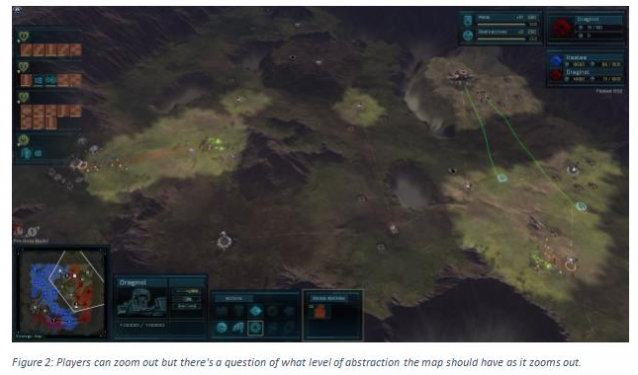
To that end, the developers are working on solutions.
"Stardock and Oxide have implemented a situation map (hit the SPACE BAR to bring it up) which shows the entire world broken into regions with a readout of where units are," says Wardell.
"But there is also a desire to have the main map zoom out and give players more information. Colored heat maps? Abstracted army power icons? This is something the team is looking forward to working with the early access group on."
Not to be confused with Oryx's ship, tier-3 units in Ashes are termed Dreadnoughts. For now during early access, Dreadnoughts will gain levels to access new abilities. They can also order reinforcements to them, which take time to summon. How this information is relayed to players is something the developers are working to address.
In addition, another challenge with Dreadnoughts will be the level of interaction players need to have to choose new abilities for them as they gain levels.
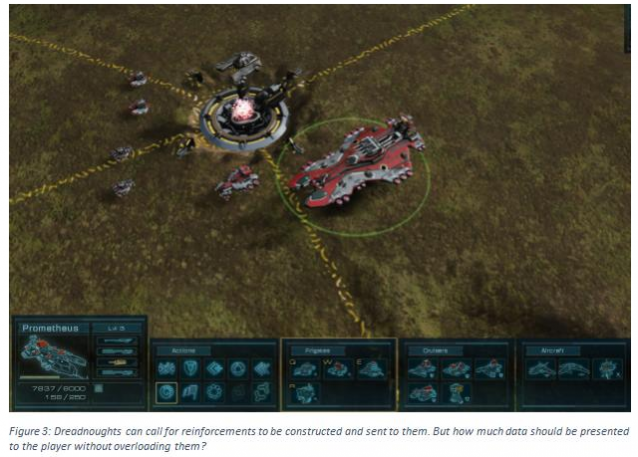
If you're a fan of the genre, you can consider signing up for the early access program for Ashes of the Singularity and contribute to the game's development.
Wardell explicitly informs me that Stardock is discouraging casual gamers from joining early access. "This is a pre-beta and the purpose is to get feedback and suggestions from the early access community."
Here's some additional pictures.
Ashes of the Singularity Concepts
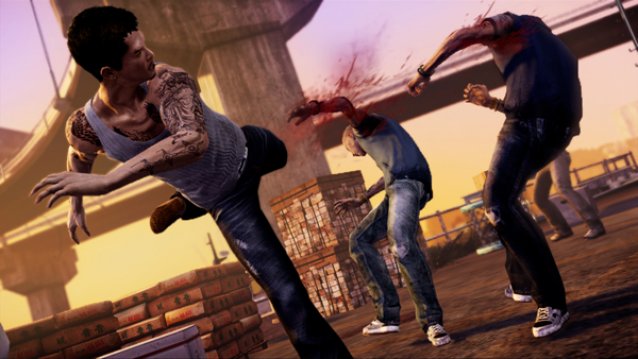
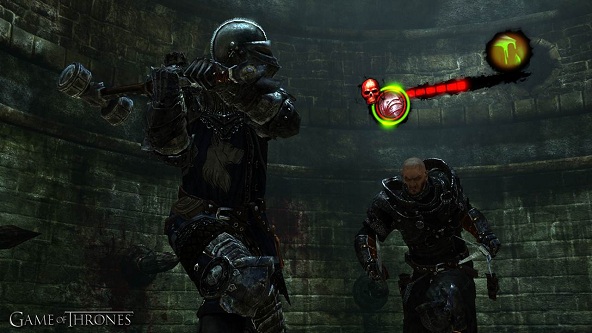
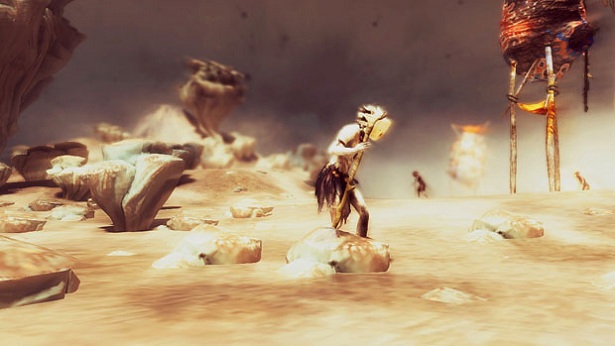

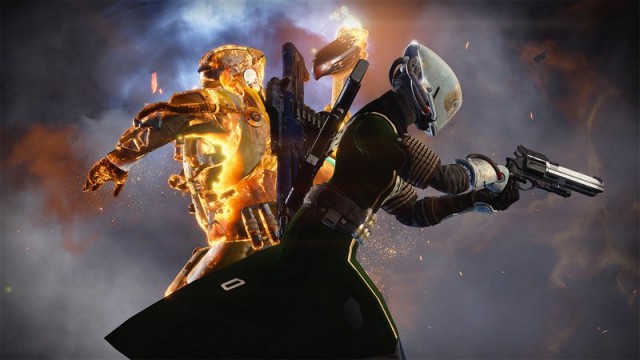 Destiny: The Taken King Lost to Light Secret Mission Guide, Reward List & More
Destiny: The Taken King Lost to Light Secret Mission Guide, Reward List & More 15 Games That Deserve Sequels
15 Games That Deserve Sequels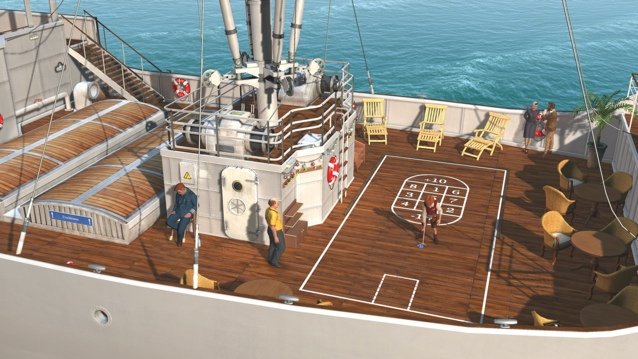 The Raven - Legacy of a Master Thief Review, Chapter 1
The Raven - Legacy of a Master Thief Review, Chapter 1 WildStar Review-in-Progress: The First 15
WildStar Review-in-Progress: The First 15 Smite Guide: How to Play as a Guardian
Smite Guide: How to Play as a Guardian